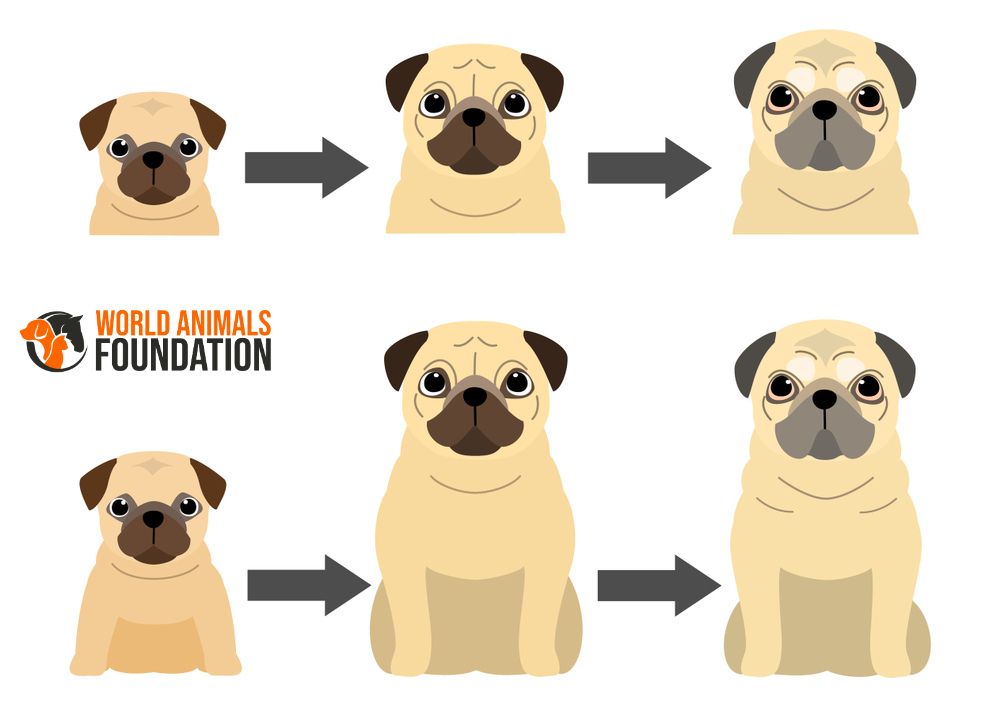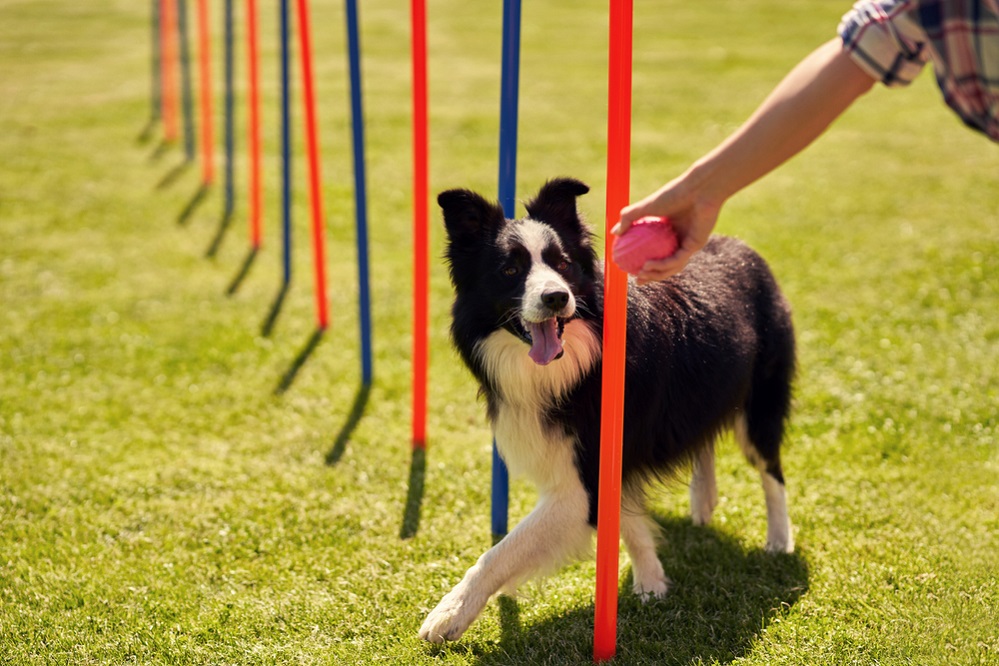For centuries, dogs have been our loyal friends, offering unwavering affection and boundless love. As these furry friends accompany us throughout our life journey, a purposeful question emerges:
How old is our dog in human years?
Determine your cute little friend’s age using our Dog Age Calculator. By providing the mentioned details like size, age, and breed, our calculator will generate an approximate age of your dog in human years. (Please be aware to provide the exact information about your dog to avoid any type of error in results.)
Calculate Your Dog's Age in Human Years
|
|
|
The Traditional Dog Aging Rule
Dogs experience aging faster than humans. Although it’s a popular belief among dog owners that one dog year is equivalent to seven human years, the reality behind this concept is very much intricate. Dog aging can be affected by multiple factors such as breed, size, genetics, and lifestyle.
Larger dog breeds tend to have a shorter lifespan than smaller ones, and genetics play a very important role in regulating a dog’s longevity.
Calculating Dog Age in Human Years
Converting a dog’s age into human years is a bit more nuanced than the simple “one year equals seven years” rule that many people have been using for a decade. Take into consideration the following steps to accurately calculate your dog’s age in human years:
Basic Understanding
Dogs age faster than humans. The first year of a dog’s life is not equivalent to seven human years. In the initial years, dogs age faster and slow down as they mature.
Lifespan According to Size and Breed
In comparison to smaller breeds, larger breeds tend to have a shorter lifespan. So, converting dog years to human years is totally dependent on your dog’s breed and size.
1:7 Rule as a General Guideline
The 1:7 rule is a simple way to roughly calculate your dog’s age in their later years but becomes less valuable when they are in their early ages. However, the accuracy of this method is doubtful.
Observe Physical and Behavioral Changes

As dogs get older, they may have changes in behavior, energy levels, and physical appearance. Observing these changes can help you understand your dog’s aging process and adjust their diet and lifestyle accordingly.
Benefits of Knowing Your Dog’s Age in Human Years
Knowing your dog’s age in human years has various advantages, increasing your ability to provide proper care and support throughout their life. Here are some key advantages:
Nutritional Advice
Dogs’ calorie requirements vary as they age. Every dog has different dietary needs based on their age, size, and activity level. Keeping your dog’s age in mind helps you select suitable food formulas and feeding programs to take care of their general health and lifestyle.
Healthcare Measures
Being aware of your dog’s age in human years helps you customize their healthcare needs accordingly. As lifestyle changes, dogs require different preventive measures and vaccinations which result in a healthy lifestyle.
Long-Term Planning
Knowing your dog’s age helps you plan for their future healthcare and well-being. Dogs may need extra support and accommodations, such as mobility aids, customized diets, and frequent veterinary checkups. Knowing their age helps you to be prepared for every change, ensuring they receive the best possible care throughout their golden years.
Behavioral Changes
Dogs’ behavior changes as they grow older. Knowing your dog’s age in human years provides information about their energy levels, nutritional needs, and social behaviors. It helps you set realistic expectations for training, exercise, and mental stimulation according to their age-related requirements.
Average Lifespans
Here are the average lifespans of different breeds based on their size:
- Small dog breeds (less than 20 pounds): 8 to 11 years
- Medium dog breeds (20 to 50 pounds): 8 to 10 years
- Large dog breeds (50 to 90 pounds): 8 to 9 years
- Giant dog breeds (more than 90 pounds): 6 to 7 years

Some Other Methods of Calculating Dog Age
The traditional 1:7 method is not the only method of calculating a dog’s age in human years. Some other methods are as follows:
Growth Curve Method
This method works by comparing the dog’s age with specific maturing stages, such as teething, puberty, and size. The growth curve method calculates a dog’s age in human terms with more accuracy.
Breed-Specific Formulas
Breed-specific formulas customize age calculations to account for the diverse rates of aging observed among different breeds. Small breeds tend to live longer and have slower aging rates compared to large breeds. By including breed-specific factors into the calculation, these formulas provide a more accurate calculation of a dog’s age in human years.
While different methods are there for calculating dog age, each comes with its own amount of accuracy and reliability. Research and studies continue to explore the potential of different calculation methods and their ability to provide accuracy of estimating a dog’s age in human years. Veterinary professionals play an important part in evaluating the reliability of these methods and helping pet owners understand their usage.
FAQs
Can My Veterinarian Help Determine My Dog’s Age in Human Years?
Yes, your veterinarian can help you provide important insights into your dog’s aging process and help you calculate a more accurate estimation of their age in human years.
How Can I Observe Changes in My Dog’s Age-Related Behaviors and Health?
Observing changes in your dog’s behavior, activity levels, and physical appearance can help you track their age-related changes.
Does Knowing My Dog’s Age in Human Years Increase Their Quality of Life?
Yes, knowing your dog’s age enables you to provide personalized care and support to enhance their overall quality of life. It allows you to adapt their environment, activities, and healthcare routine to maintain their comfort and happiness as they age.
Final Words
Understanding how to calculate your dog’s age in human years is more than just a numerical exercise. It helps you provide personalized care and support to your cute little friend.
Ultimately, the bond between humans and dogs is much more than age and numerical calculations. It’s a timeless connection built on love, loyalty, and mutual understanding.














